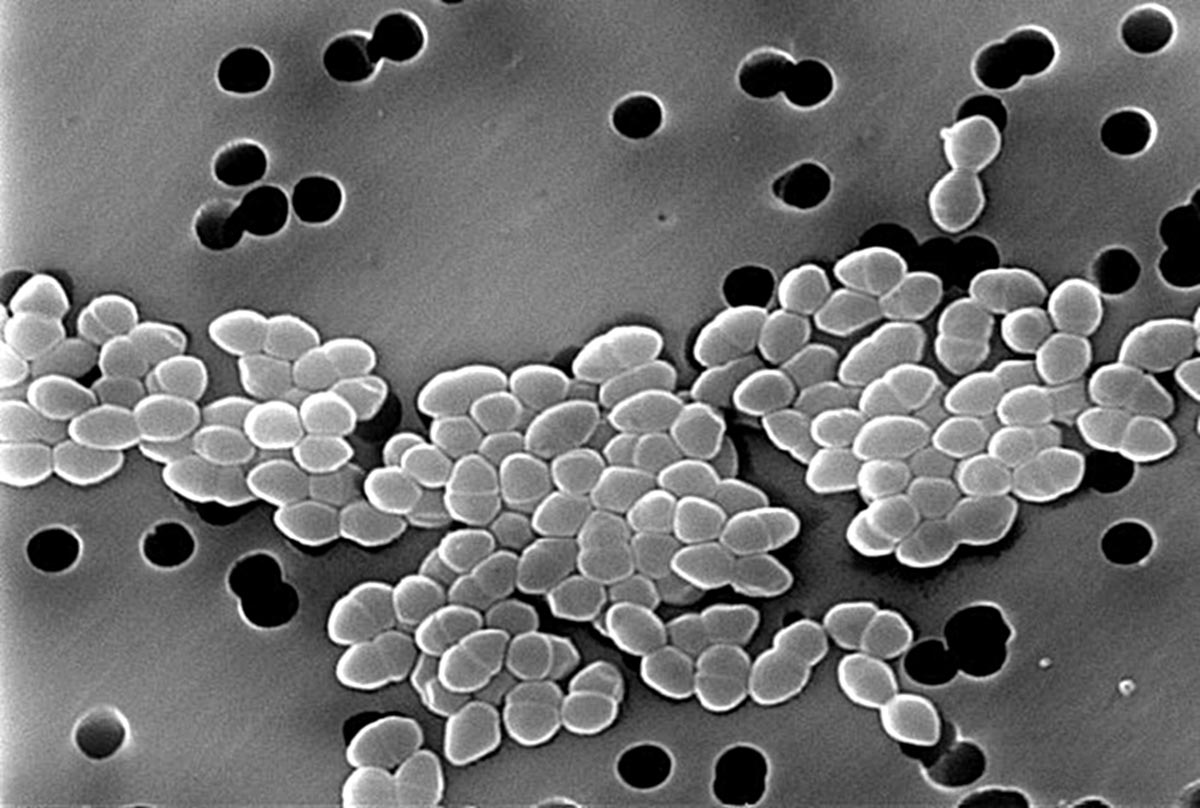
Vancomycin-Resistant Enterococcus
Enterococci are gram-positive coccoid-shaped bacteria and they are normally found in feces of people and animals. There two types of enterococci that can sometimes cause disease in humans: enterococcus faecalis and enterococcus faecium. Infection by these bacteria is commonly acquired by hospitalized patients. Enterococcus faecium is the most frequently found in hospital environment.
Enterococci are among the most common antibiotic-resistant bacteria. It can resist number of antibiotic therapy including vancomycin. The first vancomycin-resistant enterococcus (VRE) was found in 1986 and since then it became a growing problem.
VRE species have ability to pass resistant genes to other bacteria. Vancomycin-resistant enterococcus infection is particularly dangerous to immunocompromised individuals and it can even result in fatal outcome.
Enterococci have two types of resistance to vancomycin. The first type is acquired resistance that develops when enterococci come in contact with other bacteria and share genetic information. It is believed that enterococci obtained vancomycin-resistant gene from bacteria that live in the digestive tract. Enterococcus faecalis and enterococcus faecium have acquired resistance to vancomycin. The second type of resistance to vancomycin is intrinsic or natural.
VRE RisksVRE, like many bacteria, can spread from one person to another through casual contact or contaminated objects. Most often, it is spread from a doctor to a patient in a hospital setting. It normally exists in the human digestive system and genital tract in women.
People who are susceptible to VRE infection can develop several diseases, such as those of urinary tract, bloodstream, heart valves (endocarditis) and brain (meningitis). Open wounds can be also severely infected due to vancomycin-resistant enterococci.
Increased risk of VRE infection have:Individuals who have been treated with vancomycin for a long period of timeIndividuals who are hospitalized or live in a long-term health care facilityIndividuals with weakened immune systemIndividuals who have inserted urinary catheter or central intravenous catheter for extended period of timeIndividuals who have undergone abdominal or chest surgeryDiagnosis of Vancomycin-Resistant EnterococciIf you doctor suspects that you are infected with VRE, he or she must send a sample of your infected wound, blood, urine or stool to a laboratory analysis.
Treatment of VREIn most of the cases, vancomycin-resistant enterococci can be trated with antibiotics other than vancomycin. Usually, treatment will fail if following antibiotics are used: penicillins, cephalosphorins, erythromycin, tetracycline, clindamycin, aminoglycosides, and quinolones.
Laboratory workers will have to grow the bacteria and test to see what kind of antibiotics can be most effective against that particular strain. People who have urinary catheter sometimes have to remove it to clear the infection.

















Your thoughts on this
Loading...